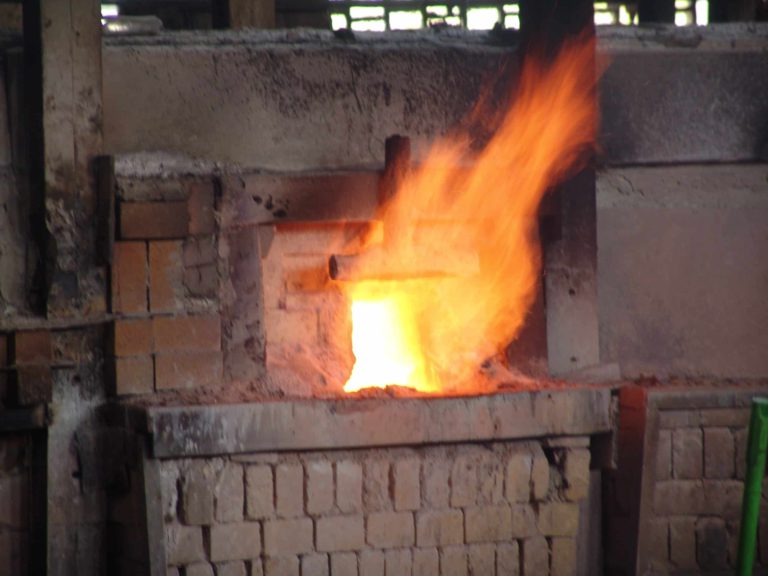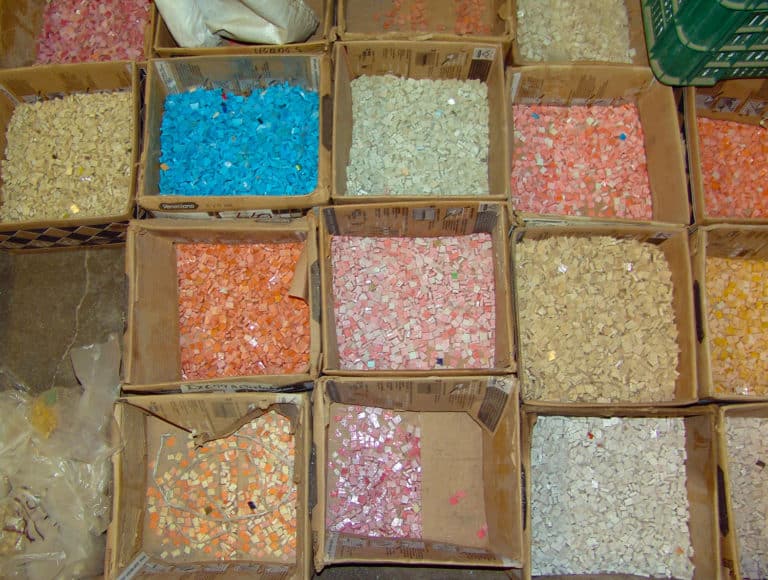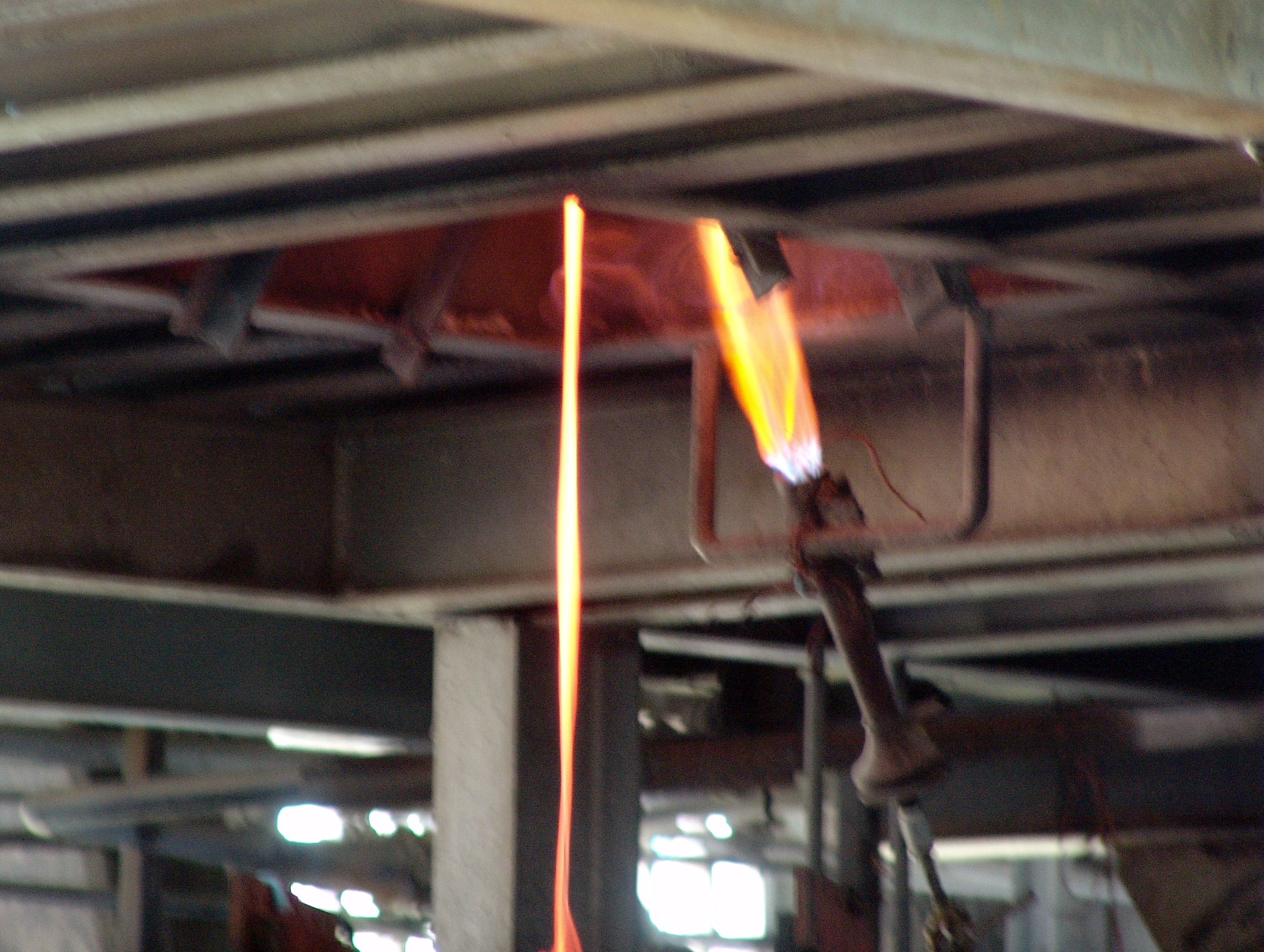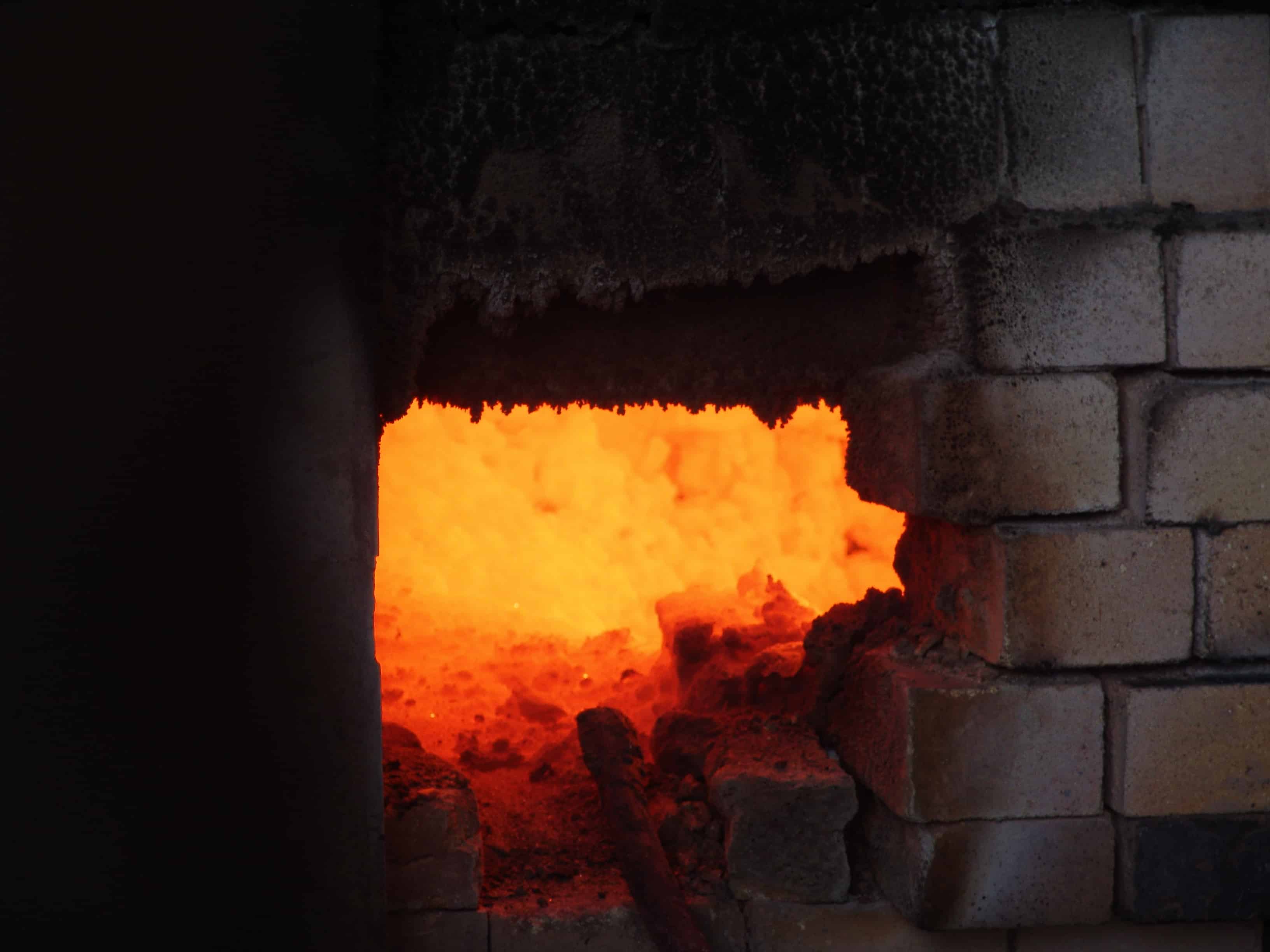
The Process of how Mosaic glass Tile is Made is something spectacular
By Joe Ureña
Behold the Enchanting Beauty of Mosaic Tiles
The inexplicable allure of mosaic tiles is a thing of wonder. These tiles possess an extraordinary ability to manipulate light and colors in a manner that is nothing short of timeless, rendering them an ideal choice for home décor. From adding a touch of sophistication to your bathroom to creating a breathtaking kitchen backsplash, the mosaic tiles can add an air of elegance to any space. Keep reading to find out how to make mosaic tiles.
The Enchantment of Mosaic Tiles
The magic of mosaic tiles lies in their power to alter light and color to produce a mesmerizing effect. By using an array of materials like glass, stone, or ceramic, along with innovative techniques such as color oxidation and temperature variations, mosaic tiles can create a work of art that is sure to endure the test of time and leave a lasting impression.
The Incredulous Versatility of Mosaic Tiles
In addition to their enchanting allure, mosaic tiles are also incredibly versatile. Whether you seek a refined and classic appearance or a daring and unique design, mosaic tiles are certain to cater to your requirements. With an extensive range of colors, materials, and designs available, the options are endless; from a striking waterline border to an awe-inspiring underwater masterpiece, made from mosaic pieces the possibilities are limitless.
MOSAIC GLASS IN ANY COLOR!

Mosaic Glass Production
Glass tiles are a trendy and sought-after option for those seeking to add an element of sophistication and elegance to their living space. However, what sets glass tiles apart and makes them exceptional is the little blemishes that bring out the character and uniqueness in your environment.
The Production Styles of Glass Tiles
Ever wonder How Mosaic Glass Tile Is Made? The production style of a glass tile plays a crucial role in its appearance and texture. There is an array of styles to choose from, including hand-made, machine-made, and cast glass tiles, and each has its own idiosyncrasies that contribute to the overall aesthetic appeal of your space.
The Importance of Color, Shape, and Size
When selecting glass tiles, it’s vital to consider their color, shape, and size. These aspects can significantly impact the overall ambiance of your space, and enable you to create a truly exceptional and distinct look that reflects your individuality.
The Fascination of Imperfections
The most enchanting and captivating aspect of glass tiles is the blemishes that are present in each tile. These imperfections may include discrepancies in color, size, and texture, and they bring out the originality and character in your environment. So, don’t hesitate to embrace the flaws and select a glass tile that genuinely speaks to you.E
4 Main types of glass
- Smalti - made by sintering together glass particles into a solid but porous body
- Fused - is the joining together of pieces of glass at high temperature
- Sintered - is the joining together of pieces of glass at high temperature
- Cast - is the process in which glass objects are cast by directing molten glass into a mold where it solidifies
SMALTI MOSAIC GLASS | How Mosaic Glass Tile Is Made
The substance known as Byzantine Glass is a truly remarkable material employed in the creation of mosaic designs. It is constructed from exceedingly slender slabs of glass, haphazardly sliced into squares or rectangles, with the majority of the pieces possessing an uneven form measuring roughly 10mm (equivalent to 3/8 inch) in size. The thickness of these slabs can oscillate between 4-6mm (approximately 3/16-1/4″). In contrast to traditional Smalti tiles, the facade of the slab, instead of the side, is utilized as the tile face. This leads to a more erratic range of hues on the surface during the cooling phase, thereby generating an unparalleled array of distinctions between each Byzantine Glass piece.
Byzantine Glass, also referred to as Smalti, has a melting point of 1300°C (2372°F). Made entirely from vitreous materials, it is both impermeable and resilient to freezing temperatures, rendering it well-suited for use in both interior and exterior environments. Since it lacks a specific coefficient of expansion (COE), it is inadvisable to employ it in fusion applications.
Mosaic Glass Process
Smalti comes from Italian, and refers to a paste or glaze made up of silica melted with sodium or potassium carbonate. Metals are added as stabilizing agents, as well as metal oxides (for color). The paste is fired at high temperatures, then rolled out into a pancake-like slab that can be up to 6 inches thick.
Once cooled, the slab is traditionally hand-cut into small rectangular pieces of tile. Artisans typically turn the resulting tiles (also called tessarae) on their sides, as this exposes swirls or layers of colorful textures.
Smalti tiles are typically colorful, textured, small format tiles. Smalti tiles were originally developed to complement natural marble and granite tile colors which all affect glass tiles price.
Newer oxides have enabled smalti tile makers to venture into nontraditional looks as well. As a glass tile, Smalti tiles are also weather- and stain-resistant, and are relatively easy to cut. So many types of mosaic mosaic tiles.
All these features have made the popularity of this type of tile endure among modern mosaic artists and hobbyists as well.
The modern “smalto” method has the smelted paste cast in a capsule, rather than rolled out and cut.The capsules, which enable the mass production identically-sized tiles usually produce tiles in the 3⁄4″ × 3⁄4;” × 1⁄8″ format (i.e. 20mm × 20mm × 3mm).



